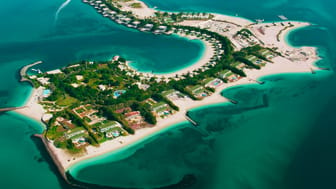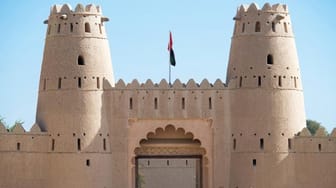
Claudia| vanillanoor
2 Subscribers
Dubai - United Arab Emirates
Identity Verified
Available for Hire
DESTINATIONS
Dubai - United Arab Emirates
United Arab Emirates
Oman
Italy
Dubai - United Arab Emirates
Abu Dhabi - United Arab Emirates
Ras Al-Khaimah - Ras al Khaimah - United Arab Emirates
Fujairah - United Arab Emirates
Muscat, Oman
Milan, Metropolitan City of Milan, Italy
Palermo, PA, Italy
Sicily, Italy
Holland
Sur, Oman
Sharjah - United Arab Emirates
Salalah, Oman
Dubai - United Arab Emirates
United Arab Emirates
Oman
Italy
Dubai - United Arab Emirates
Abu Dhabi - United Arab Emirates
Ras Al-Khaimah - Ras al Khaimah - United Arab Emirates
Fujairah - United Arab Emirates
Muscat, Oman
Milan, Metropolitan City of Milan, Italy
Palermo, PA, Italy
Sicily, Italy
FOCUSES & SPECIALTIES
LANGUAGES
English
Italian
Russian
Ask ThatchGPT
Ask ThatchGPT
Recommend a hotel for my trip
Match me with a local expert to chat with
Brainstorm destination ideas
Suggest a unique Thatch itineries for my trip












